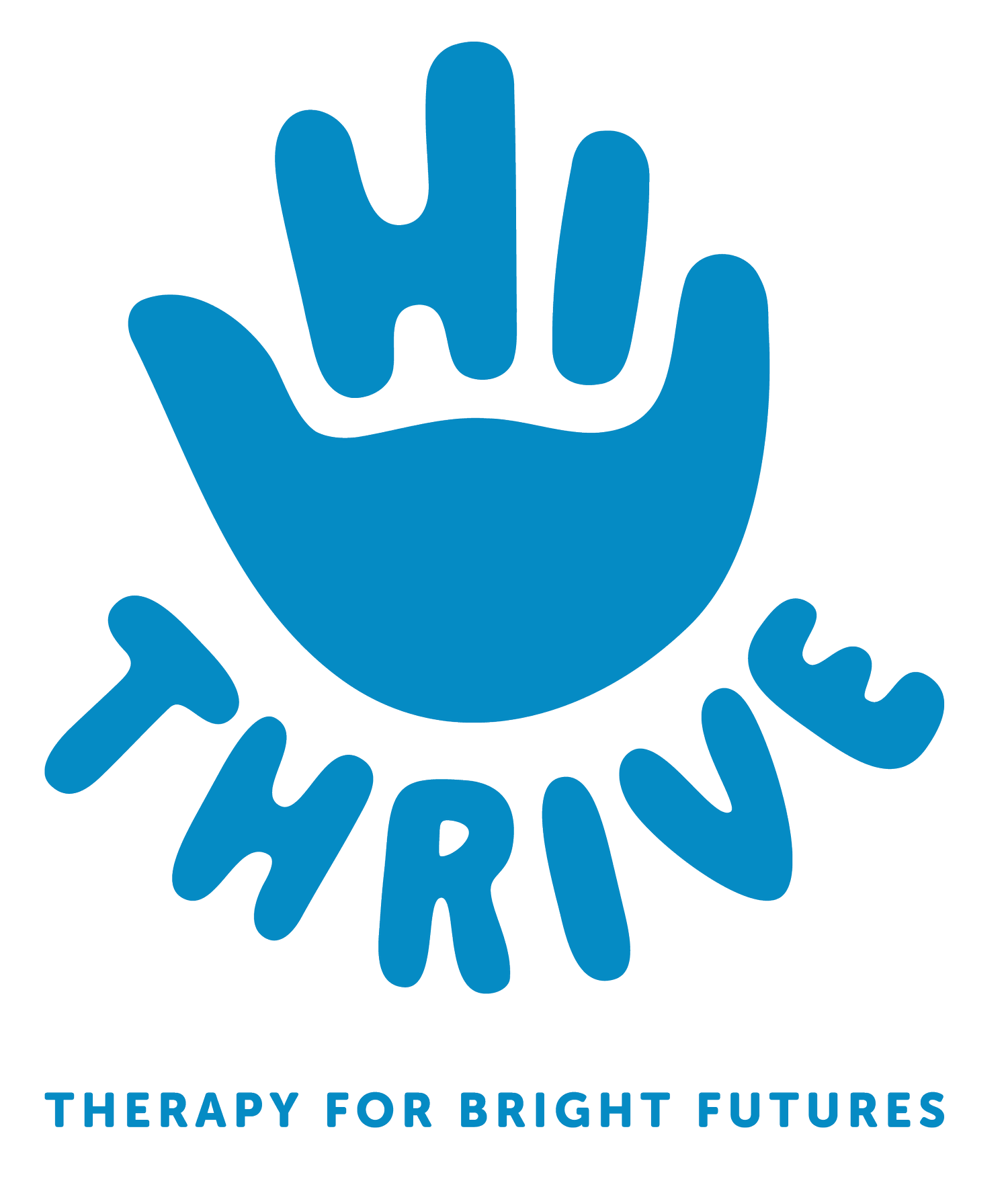Teaching First Words: Early Language Strategies
Language development in early childhood is crucial for a child's overall cognitive, social, and emotional growth. Early intervention strategies can greatly enhance this developmental journey. Here are some effective techniques to encourage language development in young children: When in doubt- stop asking your child questions and start modelling the language yourself!
1. Self-Talk
Self-talk involves narrating your own actions and thoughts out loud while you interact with your child. For example, while cooking, you might say, "I'm cutting the vegetables. Now I’m putting them in the pot." This helps children associate words with actions and objects, enhancing their vocabulary and understanding of sentence structure.
2. Parallel Talk
Parallel talk is similar to self-talk but focuses on describing what the child is doing. For instance, while your child is playing with blocks, you might say, "You’re stacking the blue block on top of the red one. Now you’re knocking them down." This reinforces language by providing a verbal description of the child’s activities, helping them connect words to their actions.
3. Parentese
Parentese, also known as infant-directed speech, involves using a higher pitch, slower tempo, and exaggerated intonation. This type of speech naturally engages children and makes it easier for them to understand and mimic words and sentences. For example, saying, "Look at the doggy! Do you see the doggy?" in a sing-song voice captures a child’s attention and aids in language acquisition.
4. Modelling
To learn new words, a child needs to hear the words first. Parents and caretakers are the people who set examples for their children. It is important that adults provide appropriate and clear models/examples for children (see examples below). Modelling can be used for naming objects, requesting items, commenting on actions and any type of language.
The following are examples but it is important to remember that the words you use should be simpler for a younger child:
Modelling everyday language
A parent may model to their child ways to ask for something.
Child: Points to drink bottle.
Parent: “Can I please have my drink bottle?” (for an older child) or “drink bottle?” (for a younger child). The parent then gives the child the drink bottle. The child is not expected to copy straight away and the item they want should be given to them even if they don’t try to copy.
Your child is not expected to copy exactly what you say, however, setting a good example of correct language for your child can give them exposure to new language.
Modelling Stories (making up stories and reading books)
The ability to understand stories, and create stories is of great importance before a child learns to read and write (the stage before a child can read and write is called pre-literacy skills).
Reading books to your child is a great way to help develop your child’s pre-literacy skills. When you are reading a book, encourage your child to listen carefully, and reduce distractions (e.g. music, television). When you are reading the book ask your child questions about pictures and events. Allow your child to talk freely about what is happening in the book.
5. Recasting
Recasting involves repeating a child’s incorrect sentence in a corrected form. If a child says, "The cat eated," you might respond, "Yes, the cat ate." This technique reinforces correct language use without directly pointing out mistakes, promoting a positive learning environment.
6. Forced Choices
Providing forced choices helps children practice language in decision-making contexts. For instance, you can ask, "Do you want the apple or the banana?" This encourages the child to use language to express their preference and also helps in expanding their vocabulary.
7. Expansions
Expansions involve taking a child’s simple utterance and expanding it into a more complex sentence. If a child says, "Big truck," you might respond, "Yes, the big, red truck is driving down the street." This method helps children learn how to construct more detailed sentences.
8. Repetitions
Repetition is key in language learning. Repeating words and phrases helps reinforce new vocabulary and concepts. For example, if you are teaching the word "ball," you might say, "This is a ball. Do you want to play with the ball? Let's throw the ball!" Repetition helps solidify these words in the child’s memory.
9. Modifying the Environment
Creating a language-rich environment can significantly impact a child’s language development. This can include having books readily available, labeling objects around the house, and using interactive toys that encourage verbal responses. A stimulating environment provides constant opportunities for language use and learning.
10. Focussed Auditory Input
Focused auditory input involves emphasizing specific sounds or words to help children develop their auditory discrimination skills. For instance, you might emphasize the "s" sound in "sssssnake" or the "t" sound in "t-t-tiger." This technique can be particularly useful for children who are struggling with particular sounds.
Overall, Implementing these early intervention strategies can make a significant difference in a child's language development. Consistency, patience, and a nurturing environment are key to helping young children develop strong language skills. By incorporating self-talk, parallel talk, parentese, modelling, recasting, forced choices, expansions, repetitions, modifying the environment, and focused auditory input, parents and caregivers can provide a rich linguistic foundation for their children, setting them up for future success in communication and learning.
